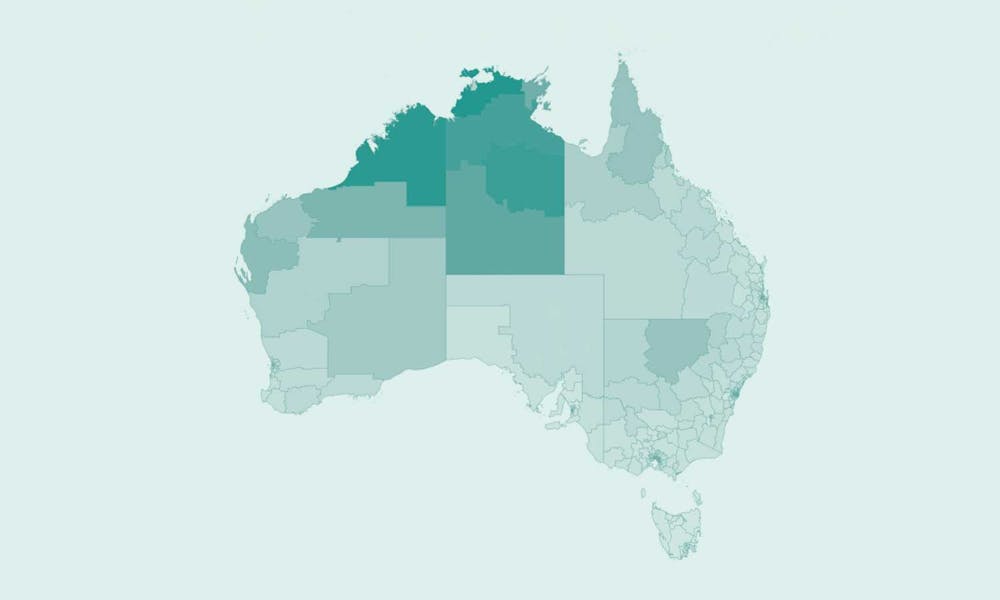
Despite the effectiveness of hepatitis B care and treatment in reducing the risk of liver disease and cancer, significant gaps remain in access and Australia is not meeting National Strategy targets for coverage.
The latest National Viral Hepatitis Mapping Report highlights areas where progress has occurred and where more work is needed.
An estimated 200,000 people were living with chronic hepatitis B in Australia in 2021, but only one quarter were engaged in guideline-based care, falling short of the recommended annual monitoring for all people with hepatitis B. The National Hepatitis B Strategy set a target of 50 per cent uptake by 2022, which was not achieved.
Care uptake varied widely geographically, with urban areas generally showing higher uptake than rural regions.
However, some remote regions such as East Arnhem, Northern Territory and Far North Queensland, reached care uptake levels of 70 per cent or more and have shown substantial improvements over time. These findings highlight the positive impact of the comprehensive programs implemented to improve access to care for hepatitis B, particularly for Aboriginal and/or Torres Strait Islander communities in areas where the challenges to health care service delivery are substantial.
Data in the report also indicate that the COVID-19 pandemic has had adverse effects on progress toward care and treatment targets for hepatitis B. Hepatitis B immunisation coverage dropped below the 95 per cent target in 2021, and the number of people receiving monitoring tests declined by 9 per cent between 2019 and 2021.
The National Viral Hepatitis Mapping Report allows stakeholders to assess data for their area in detail, to understand variation within the region, assess trends over time, and identify priority communities in their area.
The Royal Melbourne Hospital's Professor Ben Cowie, Director of the WHO Collaborating Centre for Viral Hepatitis at the Doherty Institute said that addressing geographic disparities in hepatitis B care and treatment is crucial for achieving optimal outcomes nationwide.
“By leveraging the insights from the Report, healthcare professionals, policymakers, and researchers can work together to bridge the gaps in access and improve the overall management of hepatitis B across Australia,” Professor Cowie said.
The Viral Hepatitis Mapping Project is a joint initiative of the WHO Collaborating Centre for Viral Hepatitis at The Doherty Institute and ASHM. It is funded by the Australian Government Department of Health.
Access the report and explore the data on the online portal.

We provide a media service from 6am to 9pm each day. Journalists are welcome to contact our media adviser on-call via the RMH Switchboard on (03) 9342 7000.
During business hours, journalists can email mh-communications@mh.org.au. We do not respond to emails outside business hours.

